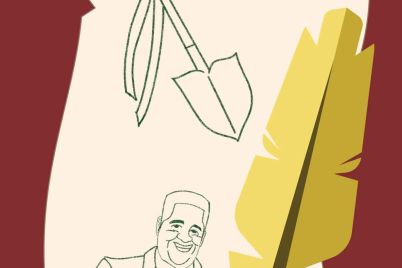By ERIN FEDESON
Contributor
Bugs Bunny and Mickey Mouse are well-beloved cartoon characters seen on TV and in movies, but few might know that they are known as “anthropomorphic animal characters.”
Anthropomorphic characters, while not being human, act as humans and share physical attributes with humans that their animal counterparts do not have.
A fan of anthropomorphic characters is known as a furry, Andrew Cook, of Chelsea, explained.
Every Wednesday from 6 to 9 p.m., Cook meets with fellow furries in TI 116 for the Furry Club where they do crafts or play games, like Cards Against Humanity.
“I thought (the club) wouldn’t go, but it had gone further than I expected,” Wesley Wafter-Turner, the club’s president, explained.
Wafter-Turner founded the club in the 2014 winter semester because he wanted a place for furries to meet and where others can learn more about the fandom. The club now has about 10 members, Wafter-Turner said.
Some furry members identified themselves as a character based on their personality, Cook explained.
The character is known as a “fursona,” a furry persona, according to Wafter-Turner.
“It’s a way of expressing yourself,” Wafter-Turner said. His fursona is a red wolf named Alister. Wafter-Turner identifies with the wolf’s pack mentality and leadership qualities.
A fursona can also be a hybrid, as Matthew Gleason, a 32-year-old WCC student in the automotive program, has a tiger-husky fursona.
Gleason grew up with Disney and other anthropomorphic animal characters, which is where his interest started.
“I always view animals as being more human than most humans,” Gleason said. He explained that when someone adopts a pet from the shelter and brings it home, the pet is more accepting of a person than a human that is not related.


